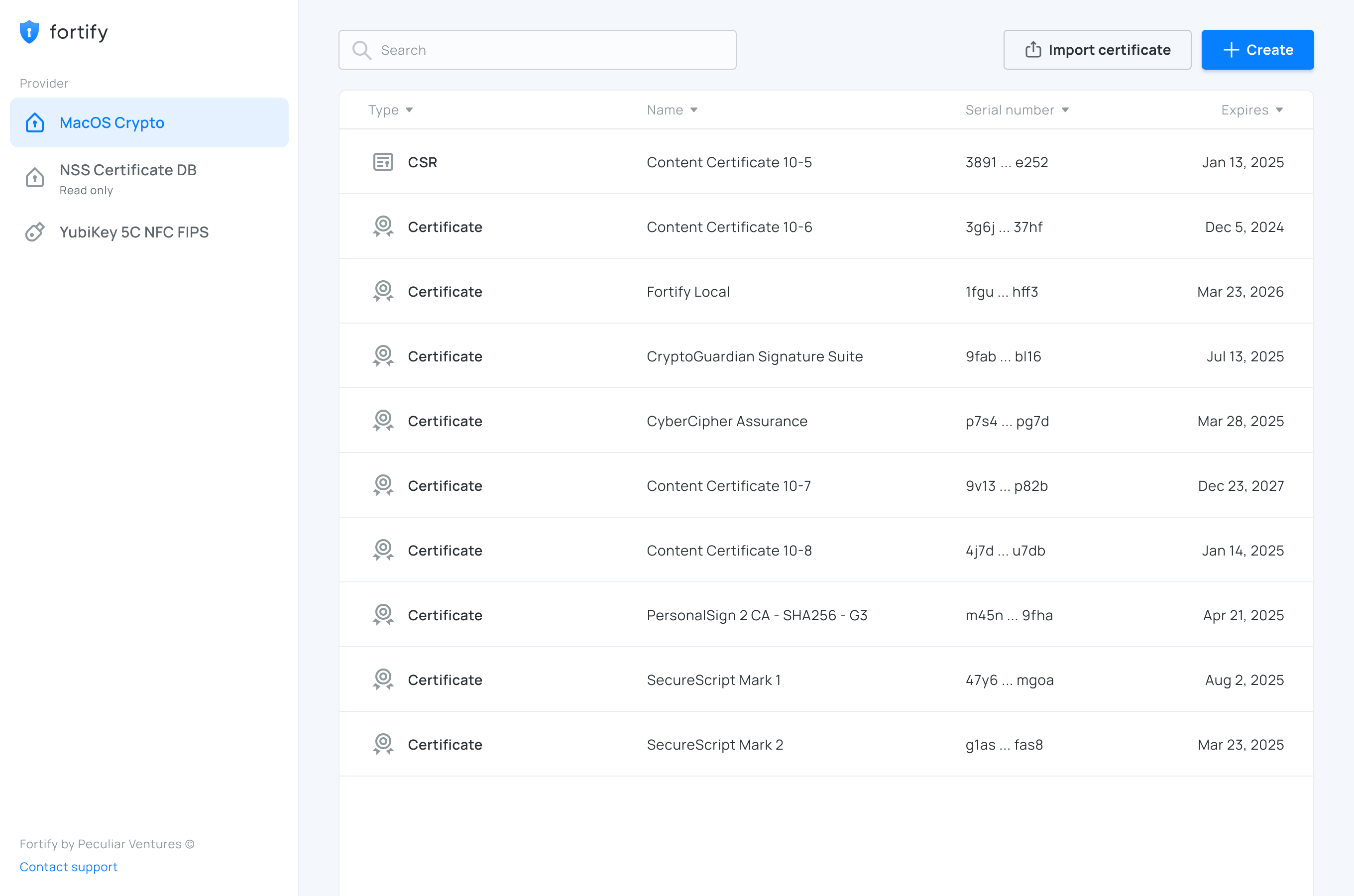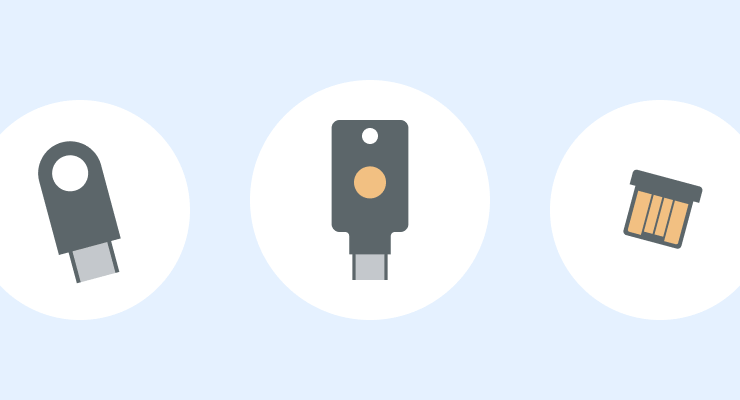Fortify enables cross-browser usage of local certificates & smart cards
Available for MacOS, Linux, Windows 8 and later. Browsers Firefox, Edge, Safari, and Chrome


Enable smart cards
Use your smart card or security token that has already been enrolled with a certificate with web applications.

Enroll for certificates
Create certificates and certificate signing requests or renew your existing ones.

Build apps
Build applications that can sign/verify or encrypt/decrypt using locally installed certificates, smart cards or security tokens.
Need help?
Watch a video how to install and set your Fortify application.
Find answers to frequently asked questions.

Trusted by
Trusted by many organizations across the globe.






